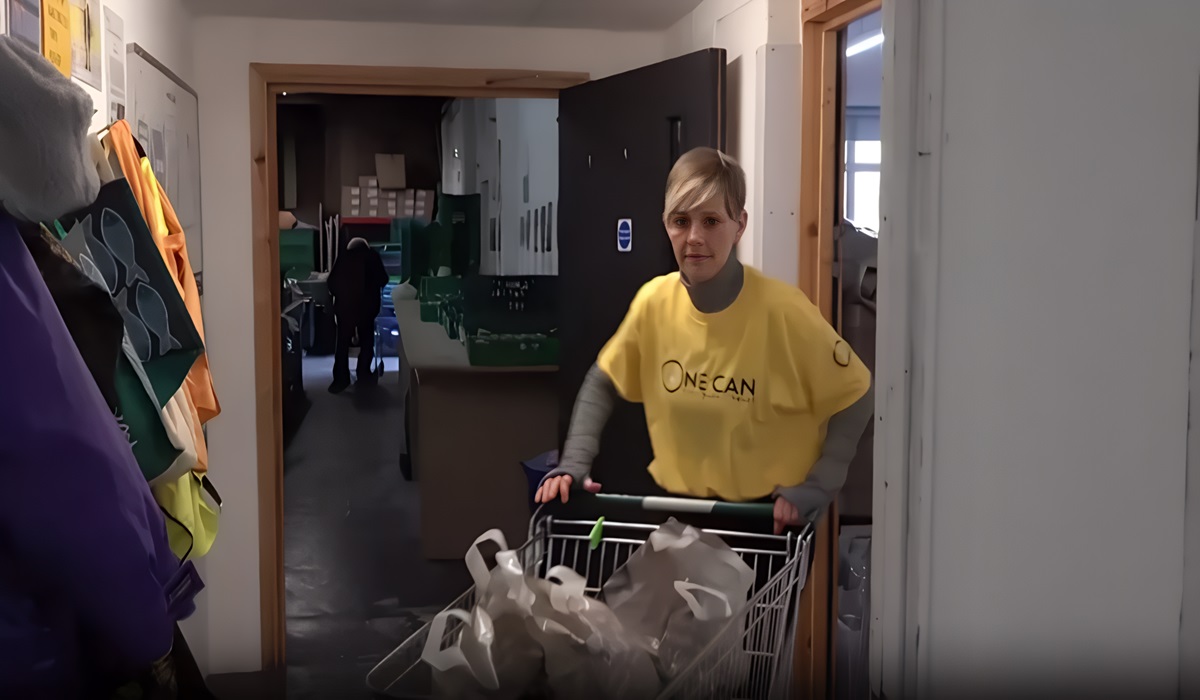UK Upgrades Scotland’s Mobile Network to 4G, but Country Still Lags Behind in Global Race for 5G
- Naomi Dela Cruz
- Trending
- United Kingdom
- May 3, 2023

The Scottish people are set to benefit from a £75 million investment to improve the country’s 4G mobile phone connectivity. Although this is good news for Scotland, the UK still lags behind other countries that have already begun using the 5G network. Furthermore, the UK government has banned Chinese technology company Huawei from involvement in the 5G network over alleged security threats. This decision is costly, as China is already developing a 6G network to deploy to its partners.
The first UK government-funded rural mast upgrade has been completed in the Lockerbie area of Scotland, which will provide strong and reliable 4G coverage to residents in the east of Dumfries and Galloway, benefiting people living in Boreland, Eskdalemuir, Lochmaben, and other neighbouring villages. This is just the first of over 120 planned mast upgrades across Scotland, with more to follow over the next year.
The £75 million UK government investment is part of the Shared Rural Network, a £1 billion project with the UK’s four mobile network operators (MNOs) – EE, VMO2, Three and Vodafone – to improve 4G coverage and level up connectivity across the UK. Through public and private investment, new and existing phone masts are being built or upgraded across the UK to close down rural mobile ‘not spots.’ These are areas of poor or patchy coverage that cannot receive a 4G signal from all four MNOs, or any signal at all, holding rural communities back from experiencing the full benefits of digital technology.
Chloe Smith, UK Science and Technology Secretary, said that the investment means people across Scotland will benefit from upgraded infrastructure that is fit for the future, starting with the first mast upgrade in Dumfries and Galloway. Growing the UK’s economy is one of the Prime Minister’s top priorities, and this includes bringing fast, reliable mobile signal to wherever people are, giving them all the connectivity they need to work, shop and keep in touch online.
The mast, located in the Boreland area to the north of Lockerbie, is part of the Home Office’s Emergency Services Network (ESN), which will give first responders faster, safer and more secure voice, video and data on the 4G network, for better access to life-saving information in emergencies. But upgrading the mast also makes it usable by the four MNOs, meaning they can host and share equipment on it for the first time, offering improved signal and a greater choice of provider for residents and businesses. This will enable people in the area to better seize the benefits of the internet at home and on the go in order to stay connected with friends and family, work remotely, shop and bank online, and stream entertainment.
The government mobile and industry are jointly investing over £1 billion to increase 4G mobile coverage throughout the UK to 95% geographic coverage through the Shared Rural Network. In Scotland, coverage from all four operators will rise to a minimum of 74%, up from 44%. Coverage from at least one operator will increase from 81% to 91% by the end of the programme.
While the UK government’s £75 million investment to upgrade Scotland’s mobile network to 4G is a welcome move, it still highlights that Scotland is significantly behind other nations in mobile network technology. With many countries already moving towards the 5G network, Scotland’s reliance on 4G puts it at a disadvantage regarding global competitiveness.
Furthermore, the UK government’s decision to ban Chinese technology company Huawei from 5G networks due to alleged security threats proves costly as China has already begun working on the 6G network. As Scotland continues to play catch up with other nations, it remains to be seen how long it will take for the country to fully embrace the latest mobile network technology and bridge the gap with other countries.








